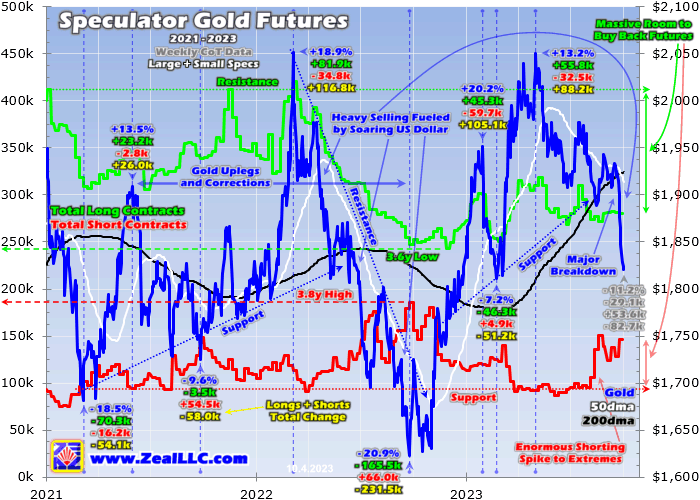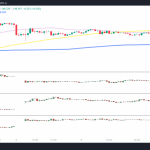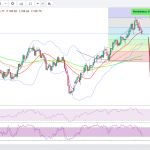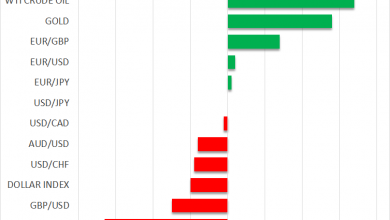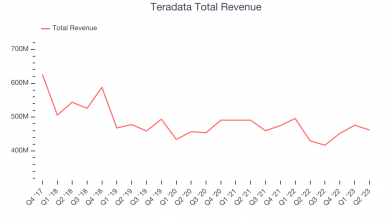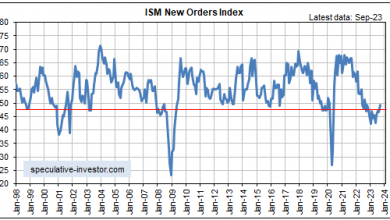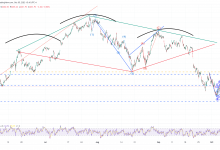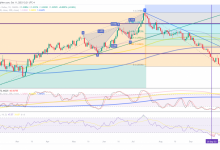Oil jumps, safe havens gain as war erupts in Middle East
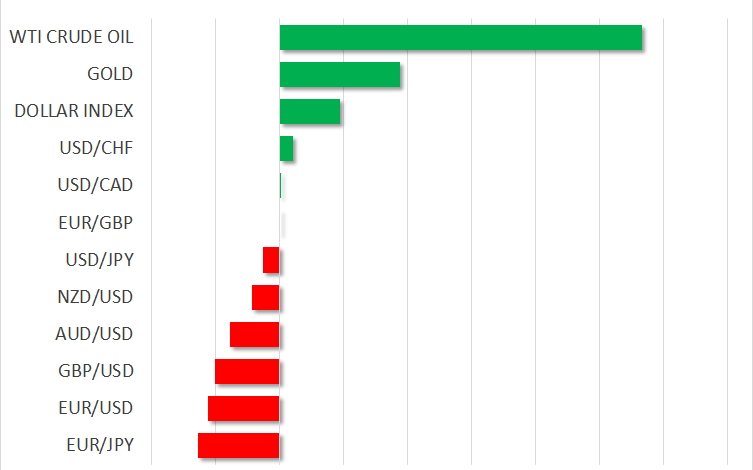
- Israel-Hamas war pushes up oil prices amid risk of wider conflict
- Dollar, yen and gold rise too as investors rush to safety
- Fed rate hike odds reverse NFP boost; US CPI, Fed speakers eyed next
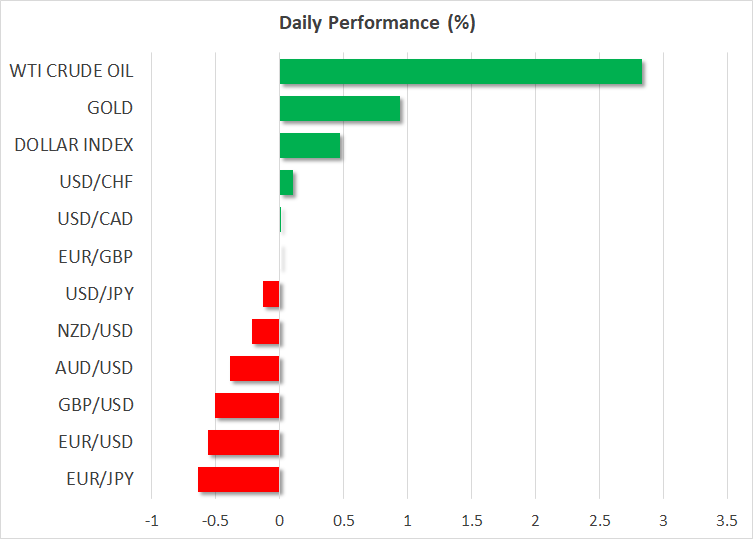
Middle East violence sparks turmoil
Markets woke up to the worst flare-up of violence between Israel and Palestine in 50 years on Monday after Hamas launched surprise missile attacks into Israeli territory over the weekend. Oil futures initially shot up more than 5% as fears grew that the conflict could escalate into a proxy war with oil-producer Iran, which is speculated to have had a hand in the attacks.
With at least 700 Israelis thought to have been killed, it is not yet clear what the full scale of Israel’s response will be. Should it involve any military action against Iran, potentially with the help of the United States, there is a danger of disruptions to oil supply in the region.
Washington has already said it is sending an aircraft carrier to the region and while it is too early to speculate, investors are wary of the possibility of Iran blockading the Strait of Hormuz, through which 20% of global oil supply flows, in the event of a wider conflict.
Gold and other safe havens shine
Gold took the lead as investors flocked to safety, rising by about 1% to around $1,950/oz, and the US dollar, Japanese yen and Swiss franc all benefited from their safe-haven status too. Stocks came under pressure, but there were no signs of a major panic.
If the war remains confined between Israel and Palestinians, it’s likely that the markets will forget about it after a few days. However, even if that turns out to be the case, the long-term peace prospects have diminished as the violence has probably dampened hopes of a normalization of relations between Israel and regional power Saudi Arabia.
For now, though, there’s plenty more for investors to worry about and oil futures pared their gains as European trading got underway.
Stellar NFP report weighs on euro and pound
What’s been somewhat surprising in the market reaction today is that riskier currencies such as the Australian and New Zealand dollars are having a relatively calm day, while the euro and pound are underperforming.
It’s possible that the stagflation clouds hanging over Europe and the UK got darker as oil prices surged, although today’s rally recouped only half of last week’s steep losses. Perhaps a better explanation is the shockingly strong US jobs report on Friday.
Far from slowing, the US economy added a whopping 336k jobs in September, raising the stakes for the Fed as it ponders whether to hike interest rates one more time. But even with that impressive headline print, there’s still a lot of uncertainty surrounding Fed policy as the unemployment rate did not decline as expected and annual wage growth eased slightly.
US CPI and Fed speakers in the spotlight
Investors ramped up their bets of a year-end rate hike in the aftermath, but the odds stood no higher than 50% and they’ve since fallen back again amid the troubles in Israel. Further swings in Fed rate hike pricing are expected over the coming days as the minutes of the September FOMC meeting are due on Wednesday and Thursday will see the release of the September CPI report.
A hot set of inflation numbers could put a November or December rate hike firmly back on the table, especially if Fed policymakers continue to signal ‘higher for longer’ as several of them line up for public appearances this week.
The dollar index was last trading about 0.4% firmer ahead of the busy Fed schedule.
Wall Street bounces back but equities mixed today
The inconclusive outcome of Friday’s nonfarm payrolls helped Wall Street to rally at the close, ending the week higher, as investors focused their attention on the soft landing scenario. Futures were in the red, however, and barring any new headlines from the Middle East, it could be a quiet trading day as the US bond market is shut for Columbus Day.
Government bond yields elsewhere edged lower today amid the demand for safe havens. The lower yields combined with energy stocks getting a boost from higher oil prices limited the selloff in Asia and Europe where the major indices were mixed.


